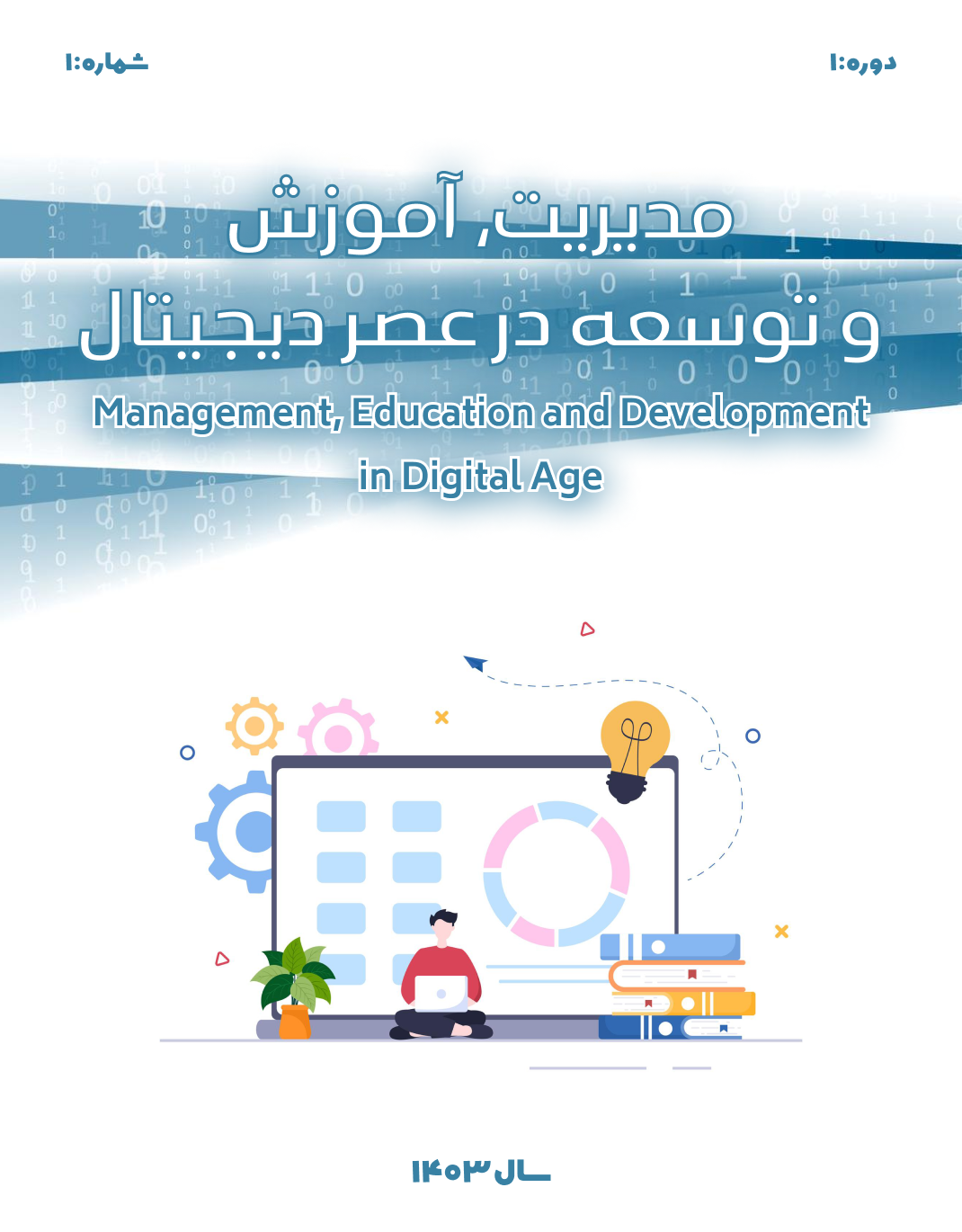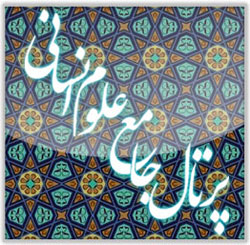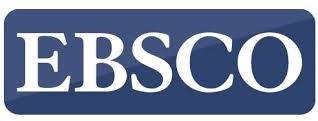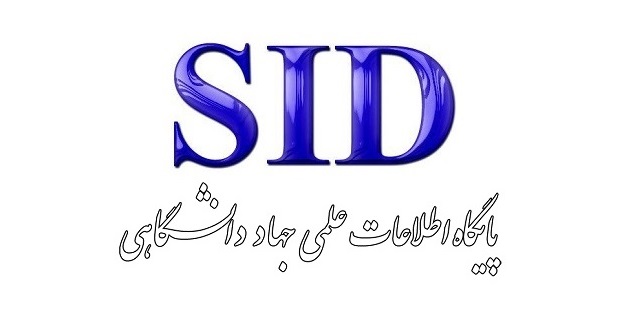Cultural Entrepreneurship and Technological Innovation in the Revival of Kurdish Mahrash: An Analysis of Sustainable Development Challenges and Strategies in Iranian Kurdistan
Keywords:
Cultural Entrepreneurship, Kurdish Mastermind, Technological Innovation, Digital Marketing, Institutional CooperationAbstract
This study aimed to analyze the opportunities and challenges of transforming the Kurdish mehrres garment—a symbol of cultural identity and indigenous knowledge—into a sustainable model of cultural entrepreneurship. Data were collected through semi-structured interviews with 14 entrepreneurs, participatory observation in 8 production workshops, and analysis of 50 Instagram posts. Findings showed that integrating indigenous knowledge with simple technologies (such as mechanized tools) reduced production time by 30% and increased profitability by 25%. Digital design of traditional motifs also improved product diversity by 40%. The unique characteristics of the Markhoz goat wool (29 microns in diameter, environmentally friendly) have attracted 65% of international buyers. However, structural challenges such as a 14% decline in the Markhoz goat population over five years, the lack of export standards, and the reliance of 60% of producers on personal savings threaten the survival of the industry. Digital marketing through documentary videos increased audience engagement by 3x and online sales by 50%, but the lack of international payment infrastructure (such as PayPal) has limited access for 70% of producers. Institutional collaboration (UNESCO World Registration, university projects) attracted 2 billion Tomans in capital and improved the accuracy of demand forecasting by 45%. The present study emphasizes that the survival of Mahres depends on the creation of a cultural-economic ecosystem that integrates technical innovation, smart marketing, and tripartite institutional cooperation. It is suggested that future studies focus on the role of women in the transfer of indigenous knowledge and comparative analysis of conservation policies in the regions.
Downloads
References
Alizadeh, & Razavi. (2023). Artificial Intelligence and Market Trend Analysis.
Andersson, T. (2020). Preservation through productivity: A framework for sustainable craft entrepreneurship. Sustainability, 12(9), 3567.
Appadurai, A. (1996). Modernity at large: Cultural dimensions of globalization. University of Minnesota Press. https://doi.org/10.2307/2547675
Armin, I., & Hajiani, E. (2015). Comparative Study of Ethnic Identity in Iran and Lebanon. Applied Sociology, 15-1(2), 26. https://jas.ui.ac.ir/article_18396_en.html
Bahmani, R., Roshidi, A., Salehi, S., & Mofakhari, S. (2024). Evaluation of the Quality and Economic Value of Merkhaz Goat Breeding in Kurdistan Province. Animal Sciences, 36(141), 154-143. https://doi.org/10.22092/asj.2023.362538.2319
Banks, J., & Deuze, M. (2009). Co-creative labour. International Journal of Cultural Studies, 12(5), 419-431. https://doi.org/10.1177/1367877909337862
Creswell, J. W. (2014). Research design: Qualitative, quantitative, and mixed methods approaches. SAGE. https://www.ucg.ac.me/skladiste/blog_609332/objava_105202/fajlovi/Creswell.pdf
Folbre, N. (2001). The invisible heart: Economics and family values. The New Press. https://www.academia.edu/27586300/The_Invisible_Heart_Economics_and_Family_Values
García, M., López, J., & Fernández, R. (2021). Digital platforms and the revival of traditional crafts: A case study of Etsy. Journal of Cultural Economics, 45(3), 321-335.
Golmohammadi, A. (2002). A Look at the Concept and Theories of Globalization. National Studies Quarterly, 3(11), 18. https://www.rjnsq.ir/article_94745.html
Iñiguez, L., Mueller, J., & Ahmed, S. (2014). Integrating traditional knowledge with modern technology in fiber animal husbandry. International Journal of Sustainable Agriculture, 8(4), 200-215.
Mofakhari, S., Sadeghi Panah, A. H., Bahmani, R., & Salehi, R. (2019). Increasing the Reproductive Efficiency of Merkhaz Goats with Consecutive Birth (Three Births in Two Years). Animal Sciences, 32(123), 68-59. https://doi.org/10.22092/asj.2018.116940.1711
Mofakhari, S., Sadeghi Panah, A. H., Bahmani, R., Salehi, R., & Andersson, T. (2019). Increasing the Reproductive Efficiency of Merkhaz Goats with Consecutive Birth (Three Births in Two Years) Preservation through productivity: A framework for sustainable craft entrepreneurship. Animal Sciences, 32(123), 68-59. https://doi.org/TY - JOUR
Nambisan, S. (2017). Digital entrepreneurship: Toward a digital technology perspective. Entrepreneurship Theory and Practice, 41(6), 1029-1055. https://doi.org/10.1111/etap.12254
orientalists, A. g. o. p., & Fattah Ghazi, E. (1988). Kurds in the Encyclopedia of Islam. for the Publication of Kurdish Culture and Literature. https://zancojournal.su.edu.krd/index.php/JAHS/article/view/295
Robertson, R. (1995). Glocalization: Time-space and homogeneity-heterogeneity. Global Modernities, 25(2), 25-44. https://doi.org/10.4135/9781446250563.n2
Roshidi, A. (1999). Genetic Evaluation of Economic Traits in Merkhaz Goats Faculty of Agriculture, Tarbiat Modares University]. Tehran. https://journals.iau.ir/article_665354.html
Scarda, U. (2010). Cultural ecology: Human-environment interactions in the Anthropocene. Cambridge University Press. https://www.researchgate.net/publication/255723360_Cultural_Ecology_Contemporary_Understanding_of_the_Relationship_Between_Humans_and_the_Environment
Yalcin, B. C. (1989). Genetic similarities between Angora goats and Merkhz breeds. Journal of Animal Genetics, 15(2), 112-125.
Downloads
Published
Submitted
Revised
Accepted
Issue
Section
License
Copyright (c) 2024 فخرالدین اعتمادی (نویسنده)

This work is licensed under a Creative Commons Attribution-NonCommercial 4.0 International License.









